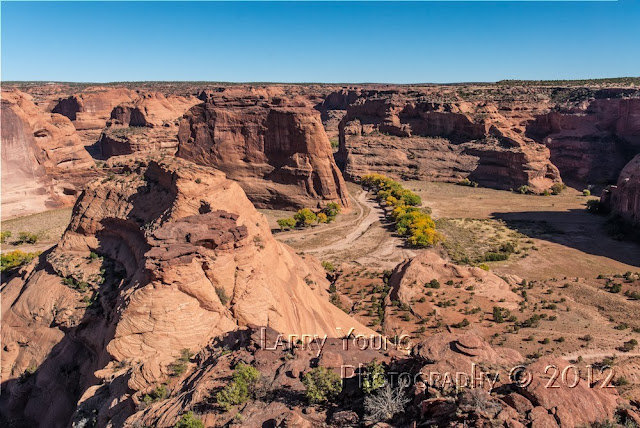In
1876 three miners staked claims for copper mining in the
Black Hills near Mingus Mountain and established the town of Jerome.
The town was named in the honor of Eugene Jerome a principle backer in a
new mining company called the United Verde Copper Company. Although the area was very rich in Copper,
the production and especially the transportation costs were very high and the
company folded in less than two years.
A new owner came along with a new vision of bringing a narrow gauge railroad to Jerome. William A. Clarke laid tracks for a narrow gauge railroad that significantly lowered the costs of transporting the rich copper. By the 20th century, the United Verde Mine was the largest copper producing mine in the Arizona Territory. The town grew to boast two churches, an opera house, a school and several civic buildings.
In 1912, James Douglas developed the little Daisy mine and by 1916 Jerome had two bonanza copper mines. Although the United Verde mine was larger, the Little Daisy mine produced better quality copper. Production peaked by 1929, but the depression and other factors led to the demise of both mines. The little Daisy shut down in 1938.
The Douglas Mansion you see in the photographs was built on a hill just above the Little Daisy mine and was designed as a hotel for mining officials and investors as well as his personal home. It featured a wine cellar, billiard room, marble shower, steam heat, and a central vacuum system. All of the adobe bricks that the house was constructed with were made on site.
 |
| Little Daisy Mine to the Left of Douglas Mansion |
 |
| Looking East Towards Sedona |
 |
| The Brothel |



















































